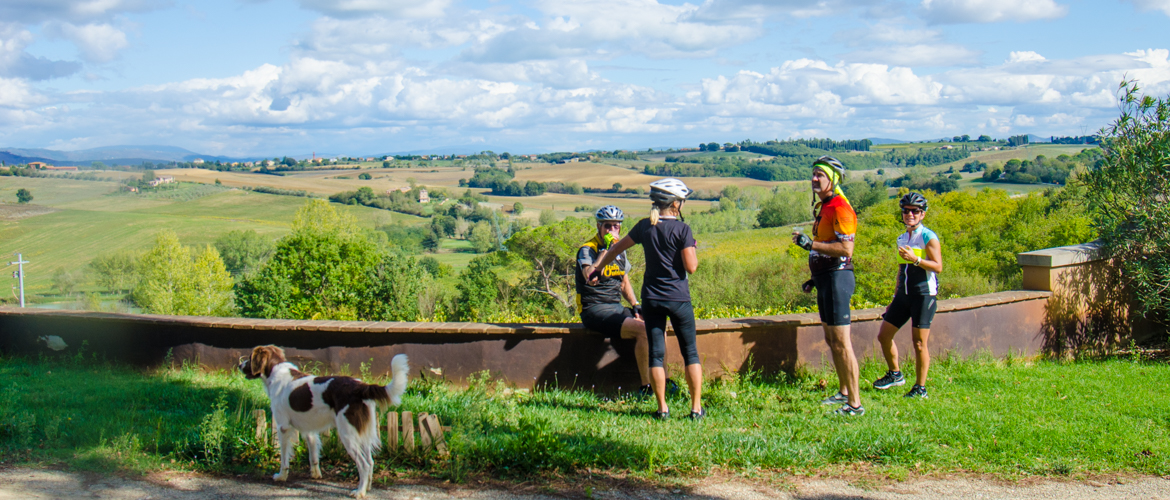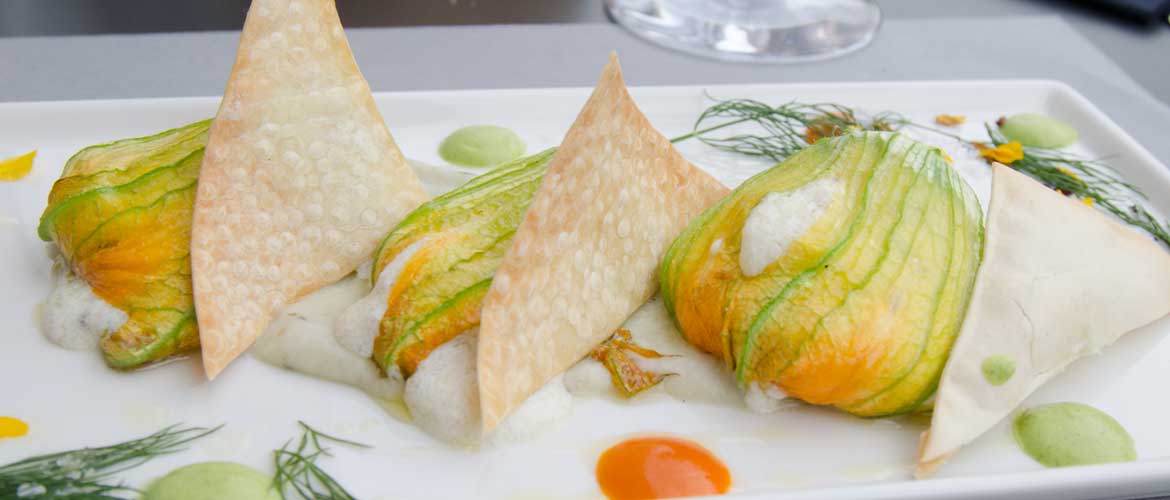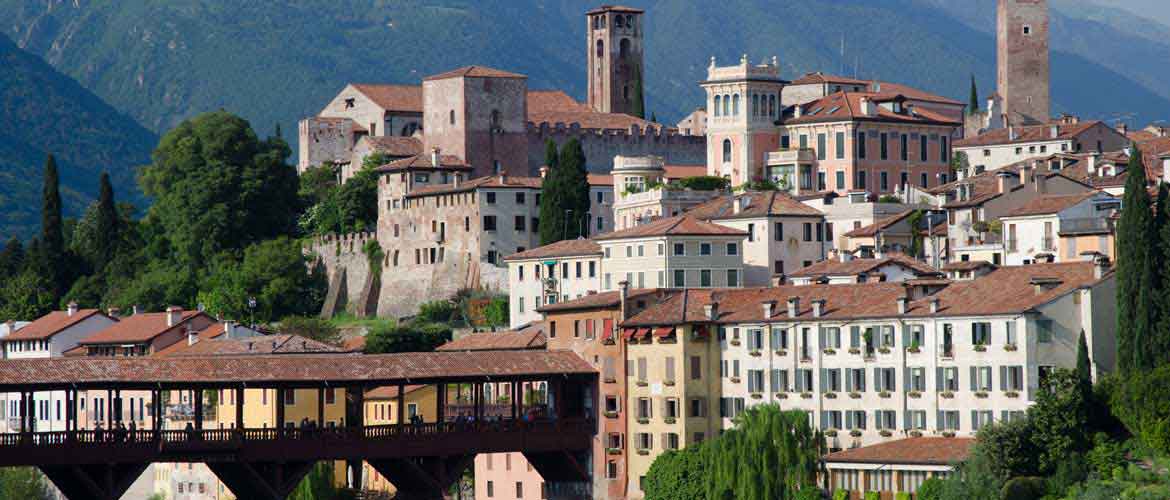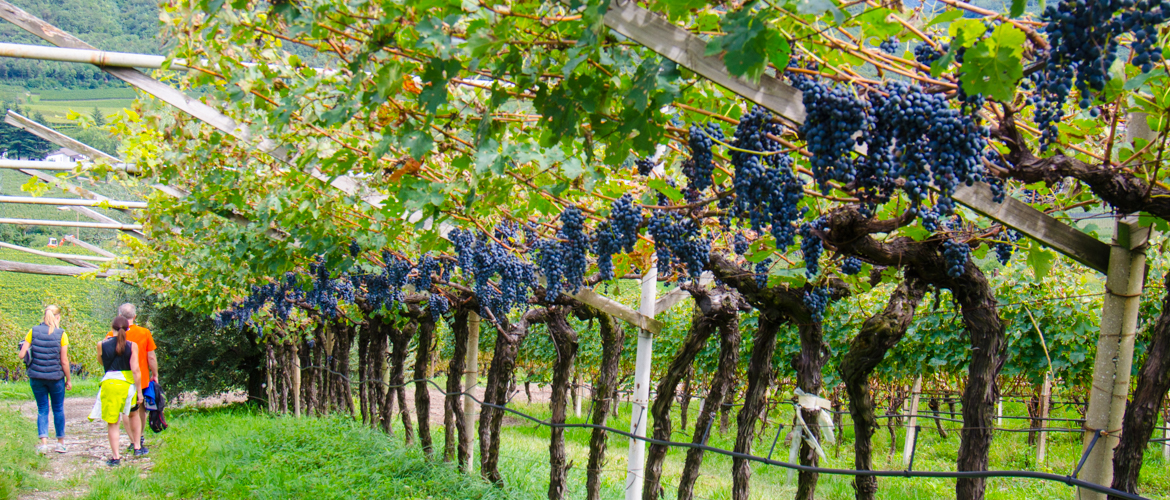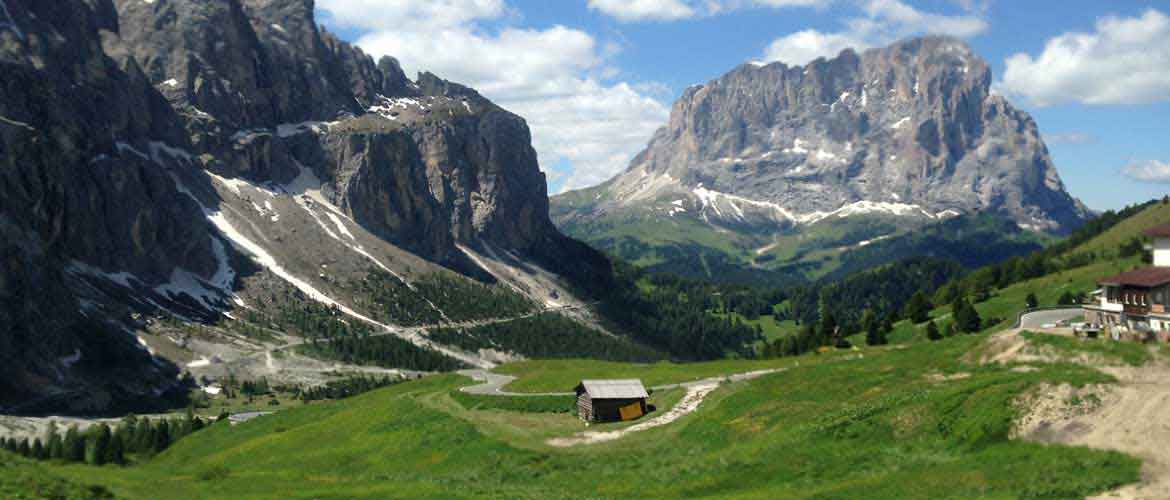In the province of Udine, the hill town of San Daniele is known to rival Parma for its prized and historically famous hams. The unique placement of this town, high in the hills where the salty breezes from the Adriatic to the south mix with the cooler Alpine air from the north, provides the perfect climate for the air drying of hams. The first Celtic settlers to this area immediately recognized this, and, for much of its history, this ham has been central to the flourishing economy of this town. A free town under the rule of the Patriarchs of Aquileia, it paid its taxes with prosciutto. When the Venetians took over in the sixteenth century, and basically exploited this area for its natural resources, San Daniele was left alone as long as it delivered 20 hams a year to the Doge. Hams were supplied to the Hungarian and Viennese royal families. Napoleon, before he left the area to Austria, made off with 2000 hams.
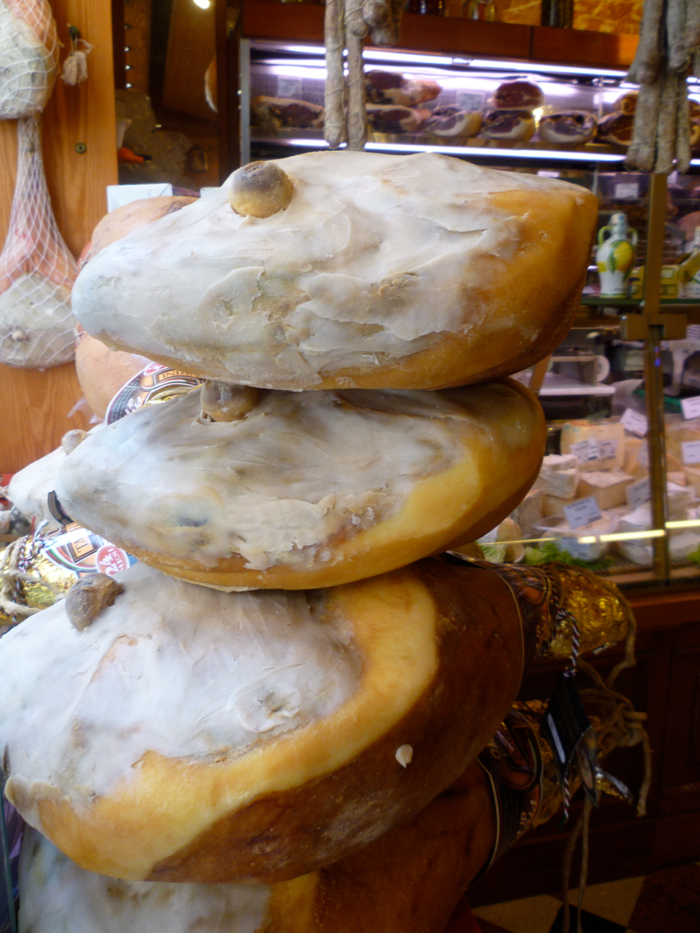
Today, the hams are produced in much the same way as they have been for centuries. Originally, the prosciutto di San Daniele had to be made from black Friulian pigs, but during the 1960’s these pigs became almost extinct. The DOP regulations now strictly control what pigs can be used; they must be from Italy (of course!) of particular breeds, no younger than 9 months and at least 350 pounds. After the pig is butchered, the rear leg is weighed and then salted; the salting time is directly related to the weight. The hams remain salted for 1 to 1 1/2 days per kilogram of meat. This is a shorter time than that used for the Parma prosciutto, which results in a less salty and therefore slightly sweeter meat.
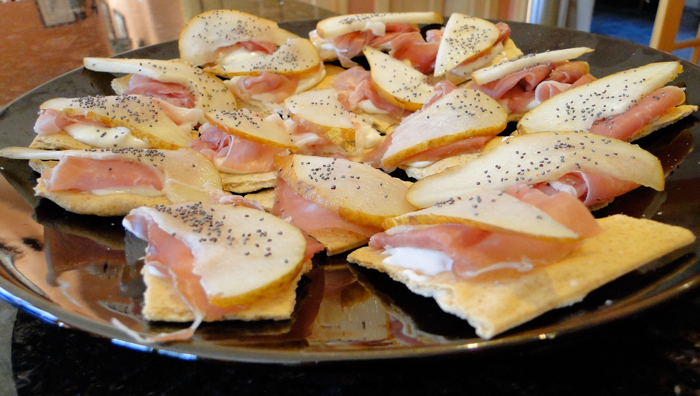
After salting, the legs are washed and then pressed for several days to remove moisture and produce the traditional, mandolin-like shape. During the pressing, the fat merges with the lean meat, more suitable for the aging process. They rest for 3 months, then the legs are washed, dried, and prepared for aging or ‘seasoning’. During seasoning, they are covered with a paste of lard, flour and salt to prevent the exterior from drying out. They are seasoned in large, cross-ventilated rooms that are temperature and humidity controlled by opening or closing vents on either side, maintaining the tradition of using the air to cure the hams.

The San Daniele hams age for a minimum of 12 months, and an average of 14; a bit longer than their cousins in Parma. To determine when the ham is ready, a ‘ham master’ will insert a special needle made of horse bone (thin and porous) into the ham, and sniff. If the ham shows external flaws, or smells suspect, the ham is destroyed. If the ham is flawless on the outside, and smells clean and fresh, it is ready.
For many years in the mid-60s, the importation of Italian hams was prohibited in the US. Today, hams from Parma and San Daniele are allowed. However, the USDA forbids the import of any ham with the trotter, or foot, still intact. In Parma, the foot has always been removed. In San Daniele, the trotters have traditionally been left on, as the producers believe that the cut could allow bacteria to enter the ham, and find that the bone facilitates the drainage of liquids. The producers in San Daniele that import to the United States remove the foot, and specially mark the hams for import to the US. Those to be consumed in Italy still have the foot, which many Italians use to flavor a soup.
When visiting the region, a walk or bike along the Strada dei Castelli e del Prosciutto winds through many hill towns near San Daniele, and provides us with many opportunities to taste these famous hams, with plenty of cheeses and wines to accompany them! A summer visit could include a stop at the Aria di Festa, a annual celebration of the hams.





